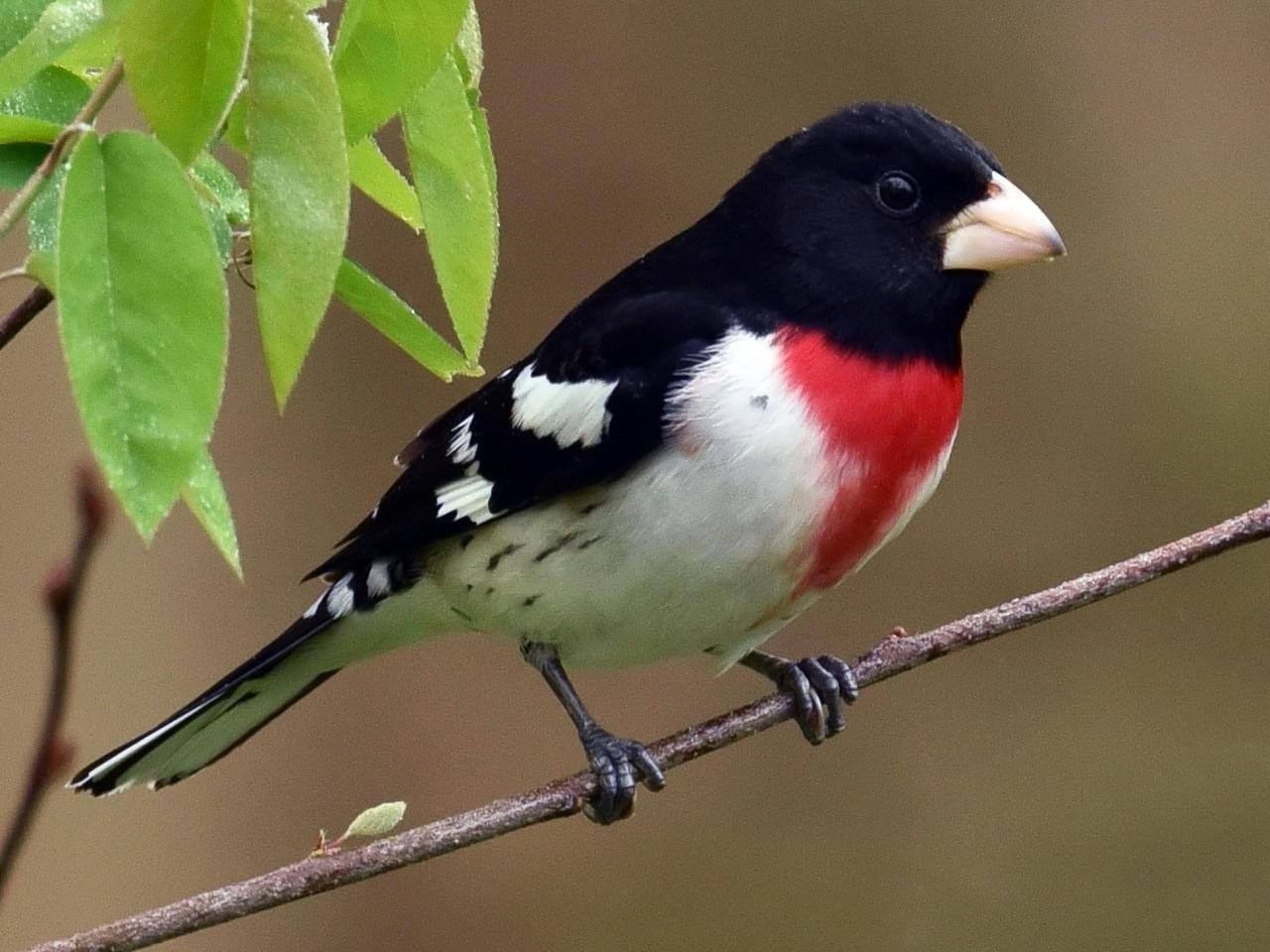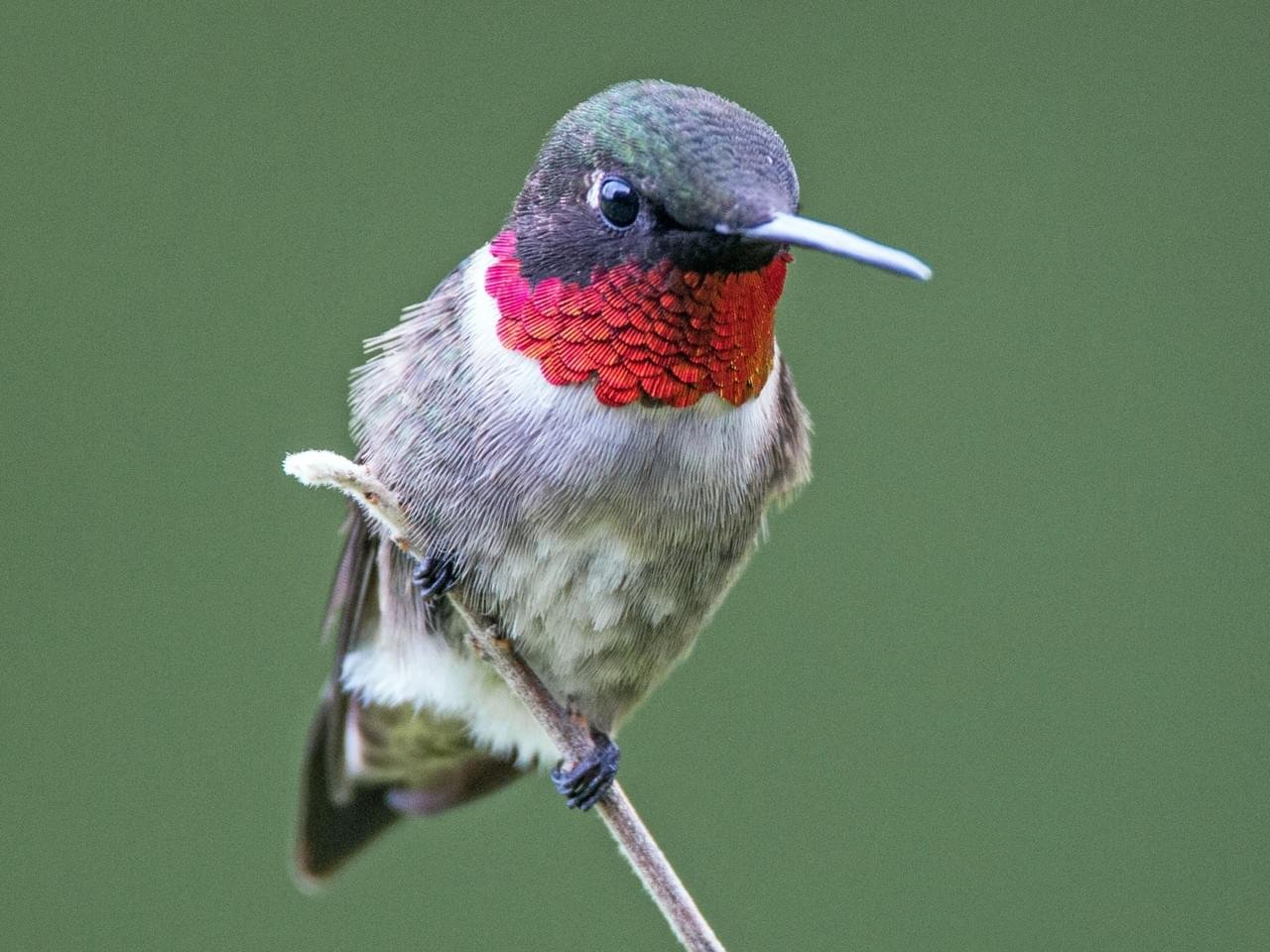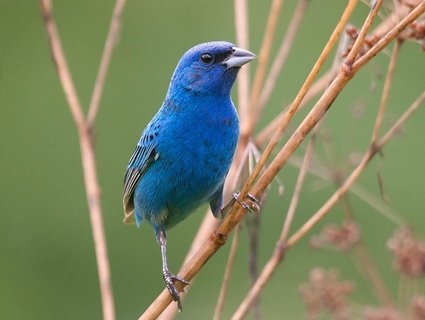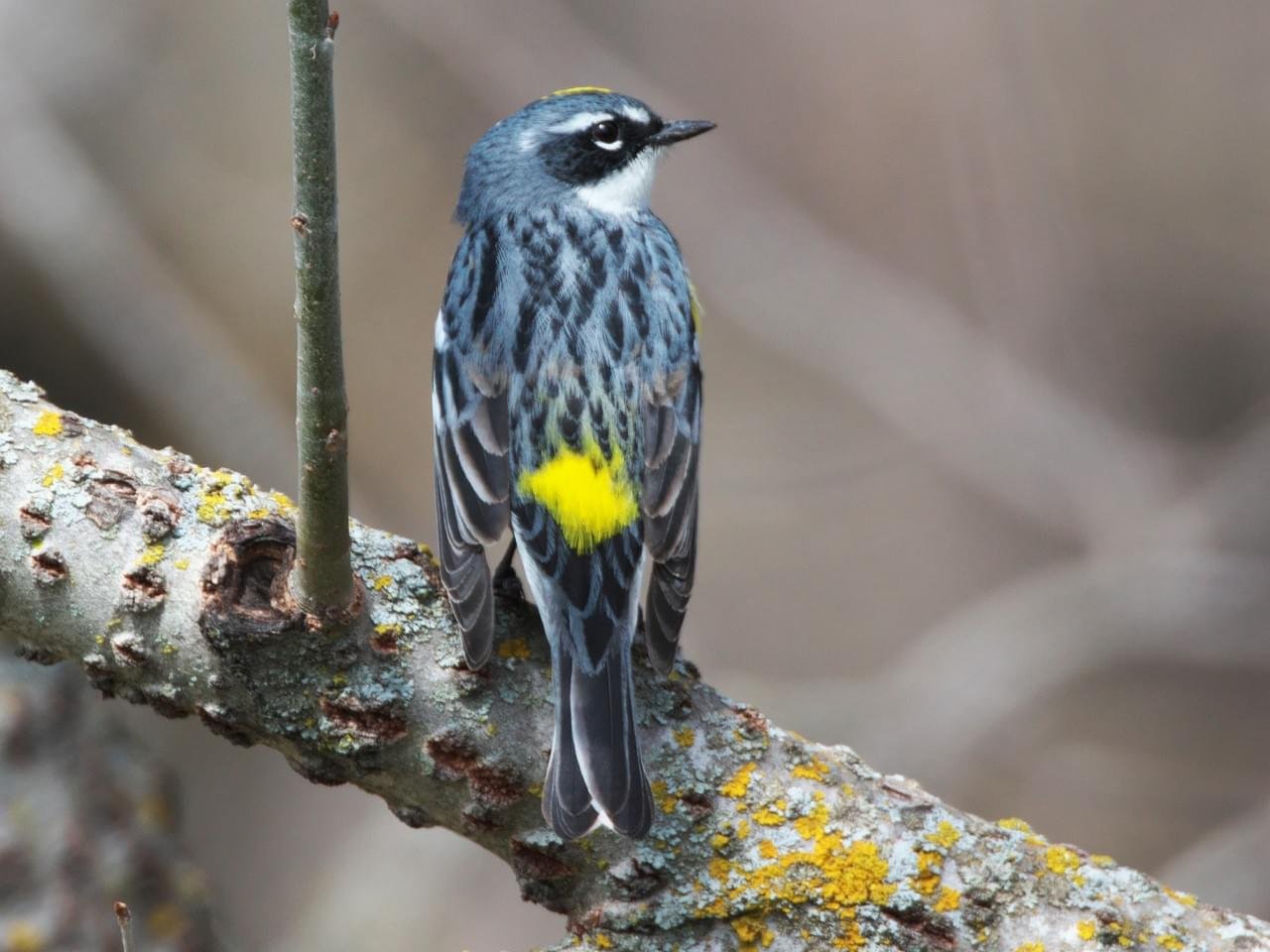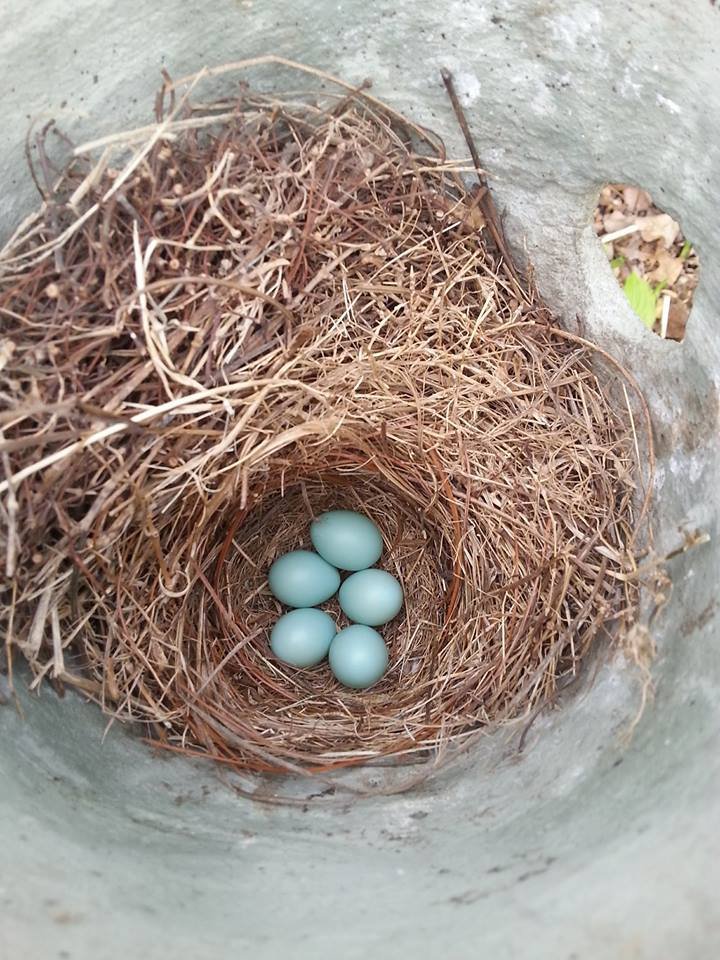The first sightings of Rose-breasted grosbeaks are less than a week away! Adult male RBG’s are very easily identified with their black and white plumage and big red V on the chest which really stands out against the stark white underside. The head is hooded with black and the wings are black with two white patches, one at the shoulder and one closer to the wing tip. Female RBG’s are primarily brown and white, with a pale yellowish breast and belly and a prominent white eyebrow. They have been described as looking like a House finch on steroids. The beak is large enabling this bird to crack open all kinds of seeds and capture insects which are a significant part of their diet during the breeding season.
Fortunately for us, RBGs are extremely easy to attract to feeders during their migration and don’t require anything special. Offerings of sunflower, safflower, peanuts, and even suet are likely to yield good results. The song of the male Grosbeaks has been described as sounding like “a robin with operatic training.” While it is possible to hear it here, most likely it will be more common to hear further to the north, east, or west in their breeding range.
Another possible feeder visitor is the Indigo bunting. These beautiful goldfinch sized birds are a summer resident in middle Tennessee and can often be found perched in trees on the edges of meadows or fields, singing to establish their territory. Gossett Tract in Pegram and the greenway trail in Edwin Warner are good places to spot Indigo buntings in the spring and early summer. We have seen these on feeders before, however they are more likely to be spotted feeding on the ground below the feeders.
Last but certainly not least, we will begin hearing the first reported sightings of hummingbirds as they begin to pass through in early April. By mid-April, sightings of hummingbirds will be more common. Don’t be discouraged if you don’t see any hummingbirds early on, as activity at feeders doesn’t really pick up until mid-July. As we tell folks, they didn’t travel all this way for sugar water! The reason these tiny travelers leave their winter homes in Central America is to reach their breeding grounds in eastern North America. After their breeding season concludes and they begin to fatten up for their migration back south, that’s when activity at the feeders will begin to pick up. That is why we see such a sharp uptick in feeder activity in late July, August, and into September.


